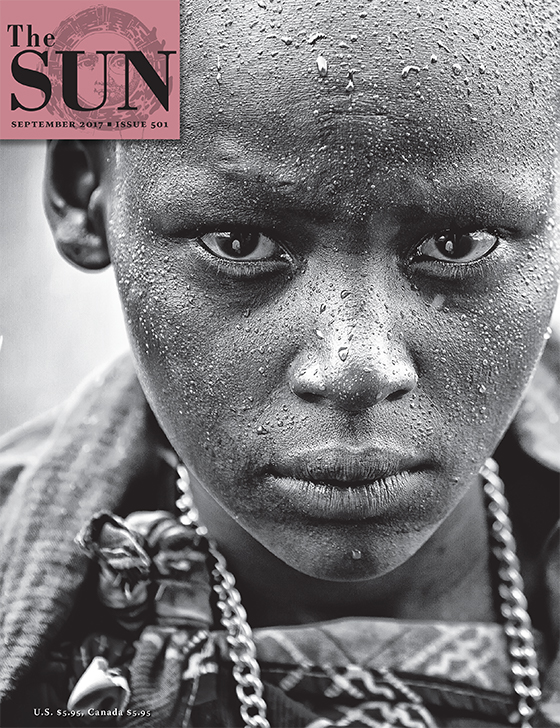The eye man came to town with a group of doctors and nurses who carried suitcases filled with medicine and Bibles. They were accompanied by a troupe of boys and girls who dressed up like daisies and frogs and sang religious songs in English. The eye man wasn’t a doctor himself. And neither the doctors and nurses nor the boys and girls who dressed up like daisies and frogs knew, or would tell me, what he was. He was simply “the eye man.” He made eyes.
I acted as translator for the doctors and nurses during their two-day clinic in Santa Cruz Verapaz, Guatemala, where I was a Peace Corps volunteer. I didn’t much care for such clinics. A few months earlier, I’d translated for a Catholic medical group from the United States that performed assembly-line medicine; during the half day they’d been in town, the three doctors and five nurses had seen perhaps three hundred patients. Because of the limited time, they’d based their diagnoses only on what the patients told them, and, needless to say, there had been no follow-ups.




